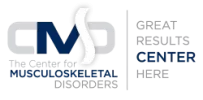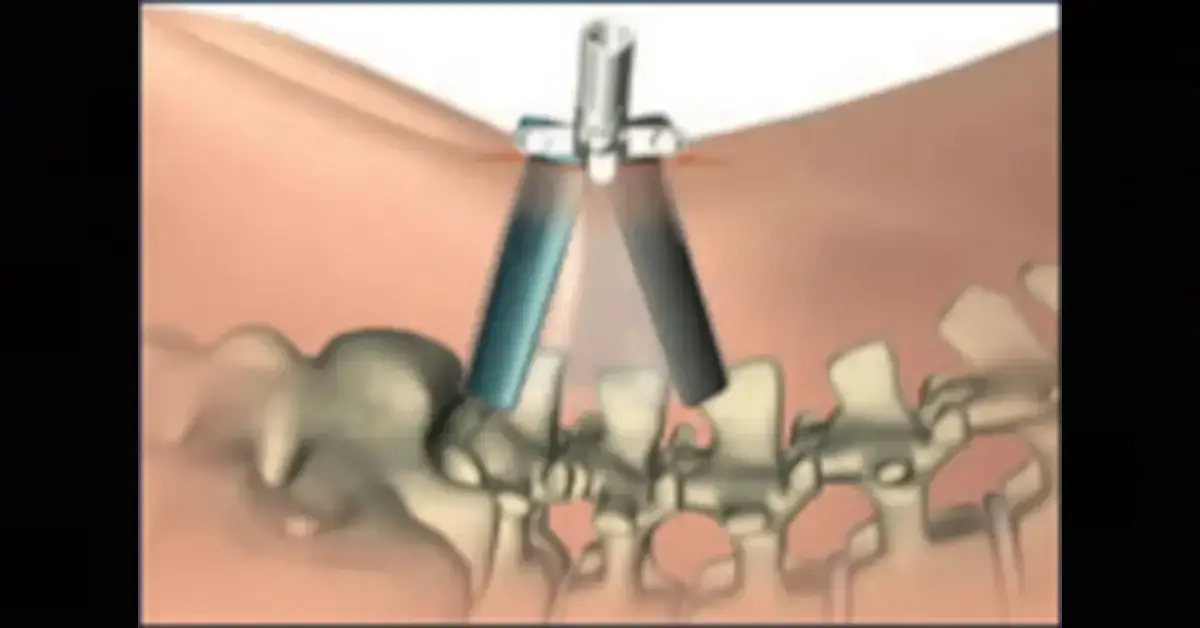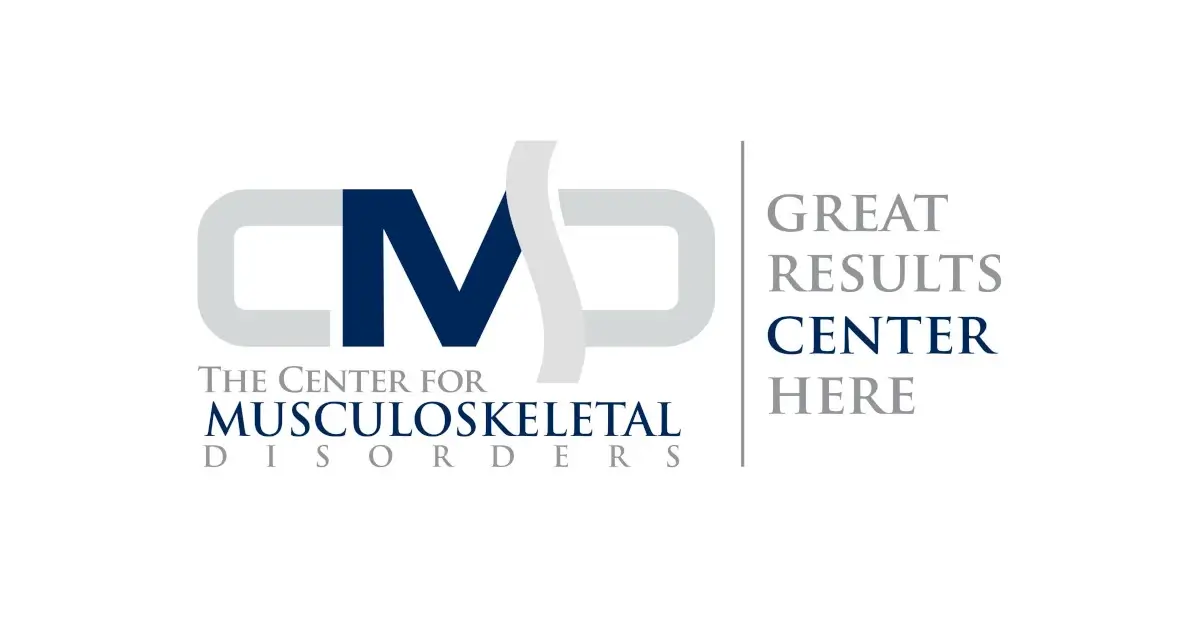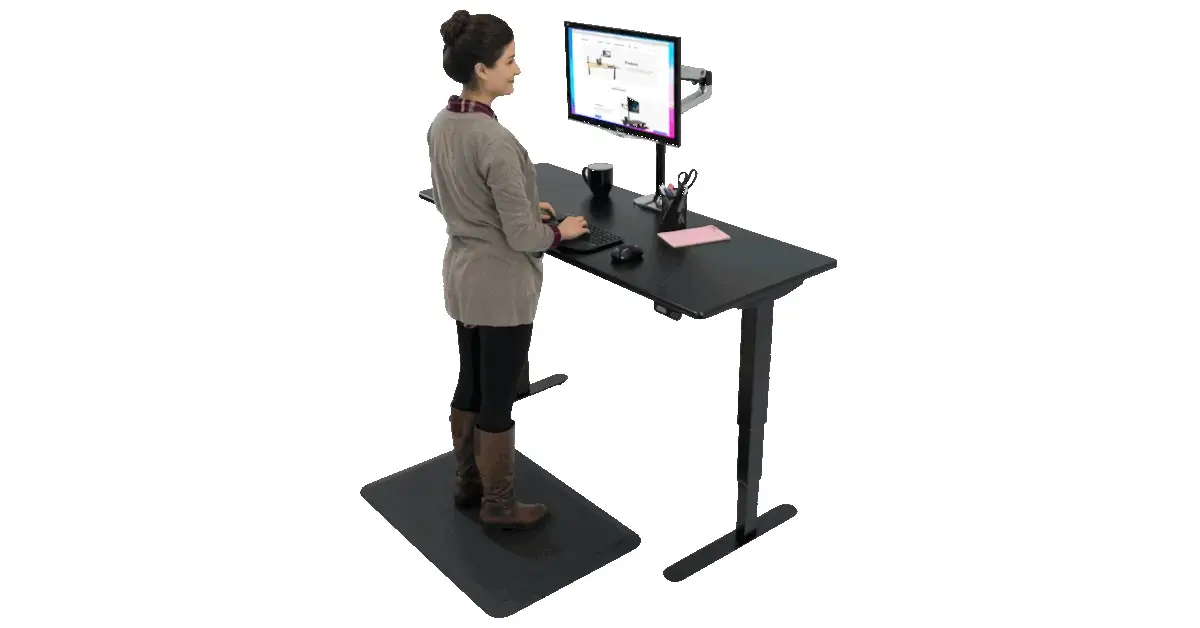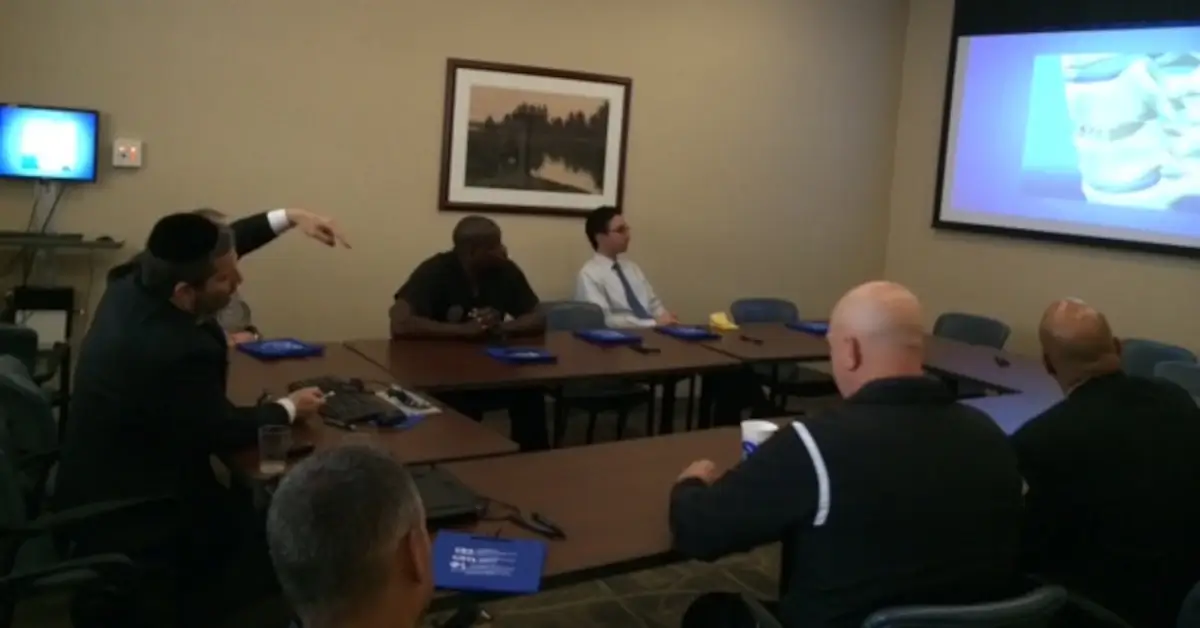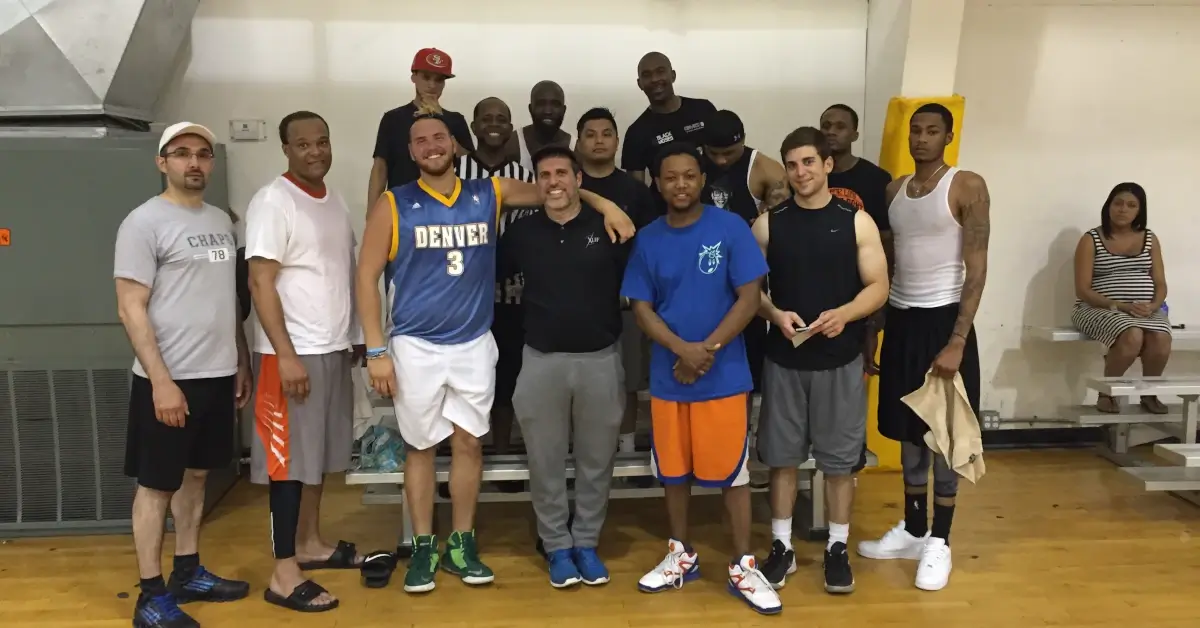If you’re of a certain age, you remember the world famous English model Twiggy, who looked exactly like her name. Later generations may recognize her as a judge on the reality TV program, America’s Next Top Model.
No matter how she resonates, Twiggy is once again making headlines. This time, in a February 2016 article from her native England with an anti-stiletto declaration. At age 66, Twiggy has completely ditched her customary high heels in favor of flat shoes. Why? She’s tired of the years spent enduring back pain.
